
For more than twenty-five years, Samtec has been engaged in developing interconnect products and supporting the standards for systems that launch into space. The first stage of Samtec’s space legacy began when one of the company’s earliest products, the SamArray® High-Density Open-Pin-Field Array, was selected as part of the VITA42 XMC standard in 2002. Since then, Samtec engineers have continued to engage with numerous standards bodies to develop the standards and interconnects that make leading-edge space-qualified designs possible and continue to expand on Samtec’s space legacy.
Many of Samtec’s interconnects that are used in space applications are part of the VITA and SOSA standards, for example, 3U and 6U VPX cards use XMC and FMC interconnects. Here’s a quick explanation of what they are.
VITA History and the DoD Interconnects
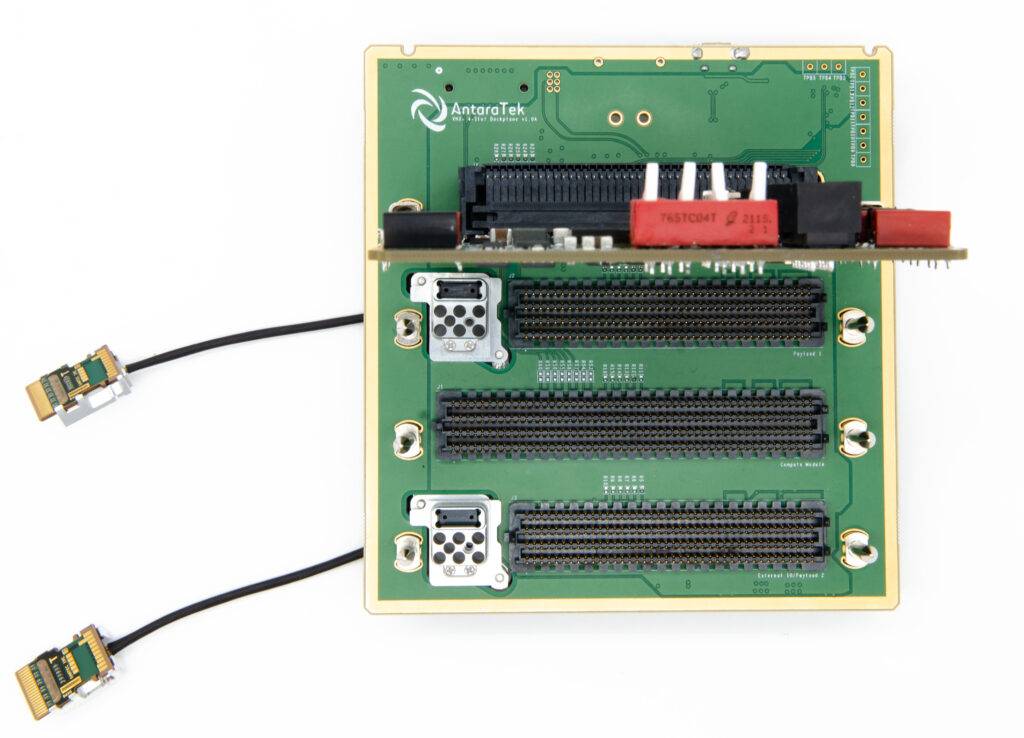
Since VITA’s inception in 1984, nearly 100 working groups have been formed to develop specifications and standards important to designers of critical embedded systems around the world. VITA members have defined and developed key computer bus, board, and system specifications such as VMEbus, PCI Mezzanine Card (PMC), VXS, VPX, FMC and many more. Systems such as space launch control, semiconductor processing, and defense systems depend on products based on VITA Technologies.
Originally started by the US Dept. of Defense, SOSA™ defines an architecture and standards for modular entities for composing sensors with electro-optical/infrared (EO/IR), electronic warfare (EW), radar, and signals intelligence (SIGINT) applications. Rather than defining an entirely new system, SOSA defines a set of logical modules that group functions, behaviors, and interfaces, which together define the logical architecture of a sensor. Many VITA standards support SOSA [SOSA and VITA: Working together for next-gen defense systems – VITA Technologies (mil-embedded.com)]. For more information, see the Samtec blog post: SOSA and VITA Standards Updates.
Timeline of Samtec’s Space Legacy
Samtec’s space-related achievements and developments:
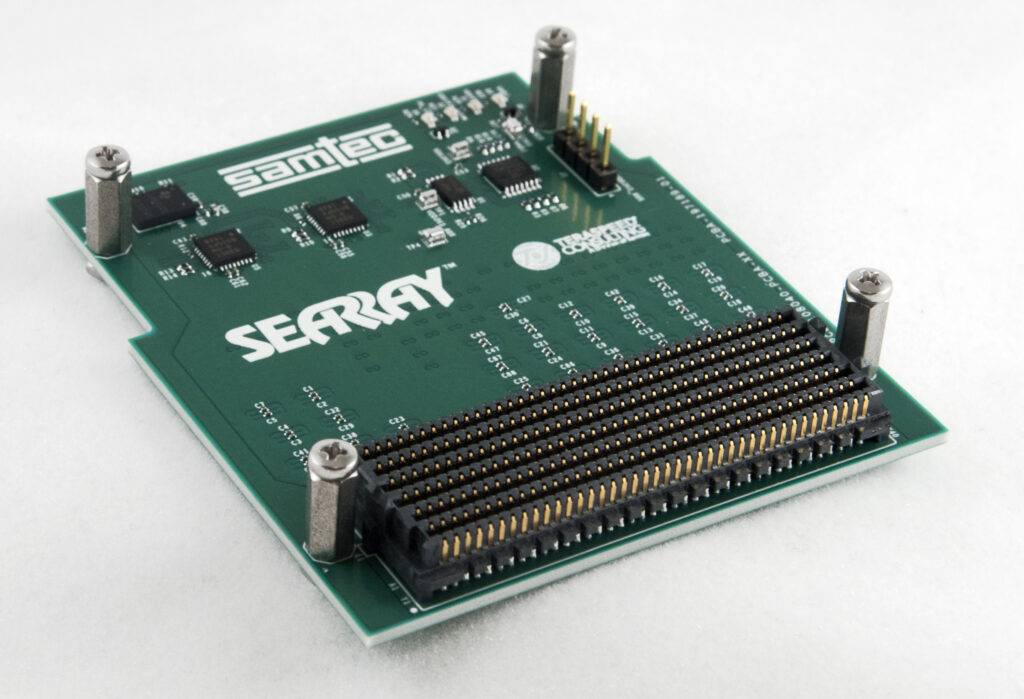
- 2002 VITA 42 XMC Uses SamArray High-Density Open-Pin-Field Arrays
- Features: multiple points of contact, BGA style soldering, open pin field
- Applications: Mil aero embedded computing, image processing, signals intelligence (SIGINT)
- 2004 VPX cards use VITA 42 XMC
- 2007 VITA 57.1 FMC uses SEARAYTM high-density open-pin-field array interconnects
- Features: Next-generation open pin field solution for higher speed applications supports higher bandwidth space designs
- Applications: Avionics and payload subsystems, signal processing, computer vision and AI
- 2007 VITA 57.4 FMC+ uses next-generation, higher pin count SEARAY high-density open-pin-field array interconnects
- Applications: Small chassis radar systems, data acquisition
- 2009: Samtec is ITAR registered
- 2019: VITA 88 XMC+ uses next-generation, higher pin count SEARAY high-density open-pin-field array interconnects
- Applications: Small chassis radar systems, data acquisition, SpaceCube v2.0 mini
- 2021: Samtec Announces Acquisition of Ultra Communications
- 2022: Extended Temp FireFly™ mid-board optical transceiver with an extended temperature range from -40 ºC to +85 ºC; high-speed performance to 10.3125 Gbps per channel; and integral heat sink that provides optimal cooling for thermal operating conditions
- Applications: harsh environments with high radiation potential
- 2022: VITA 90 uses next-generation, higher pin count SEARAY high-density open-pin-field array interconnects
- Applications: Space suit, UAV and space-constrained deployments, compute modules, Ethernet switches, software-defined radio (SDR) modules, tactical grade MEMS inertial measurement sensors with GPS
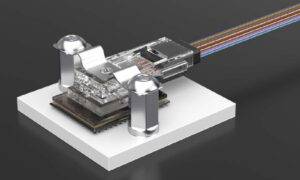
- 2022: FireHawk CSSO compact, lightweight, rad-hard, optical transceivers
- Applications: satellites
Other resources:
Rugged Optical Transceivers For Military, Aerospace, Industrial Applications – The Samtec Blog
Collins Aerospace selected to develop new space station spacesuit – SpaceNews
Apollo Communication Hardware: A Fantastic Demonstration Of The Original Equipment – The Samtec Blog
Restoring The Apollo Guidance Computer (Part 2) – The Samtec Blog
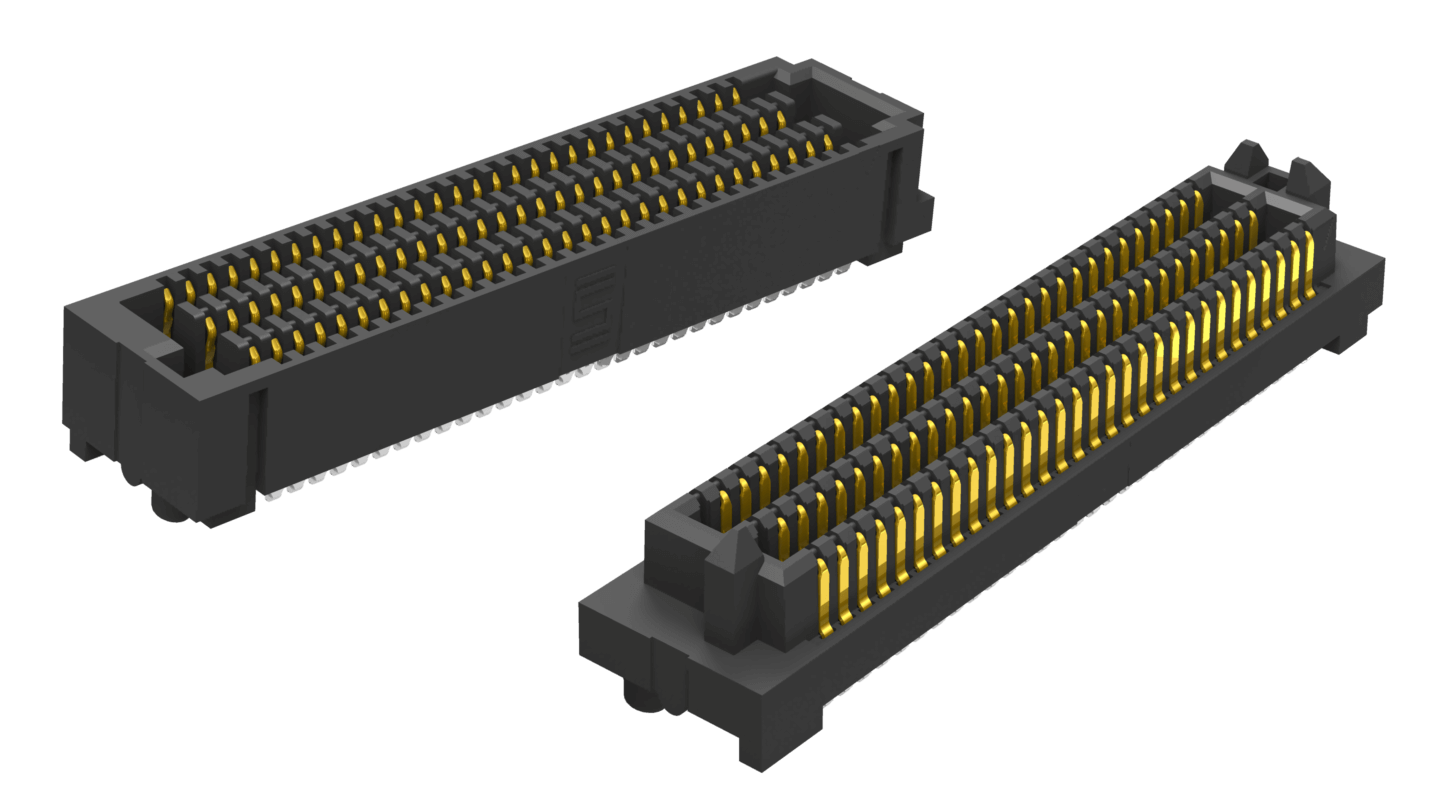
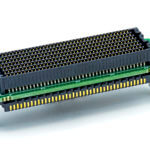
Leave a Reply